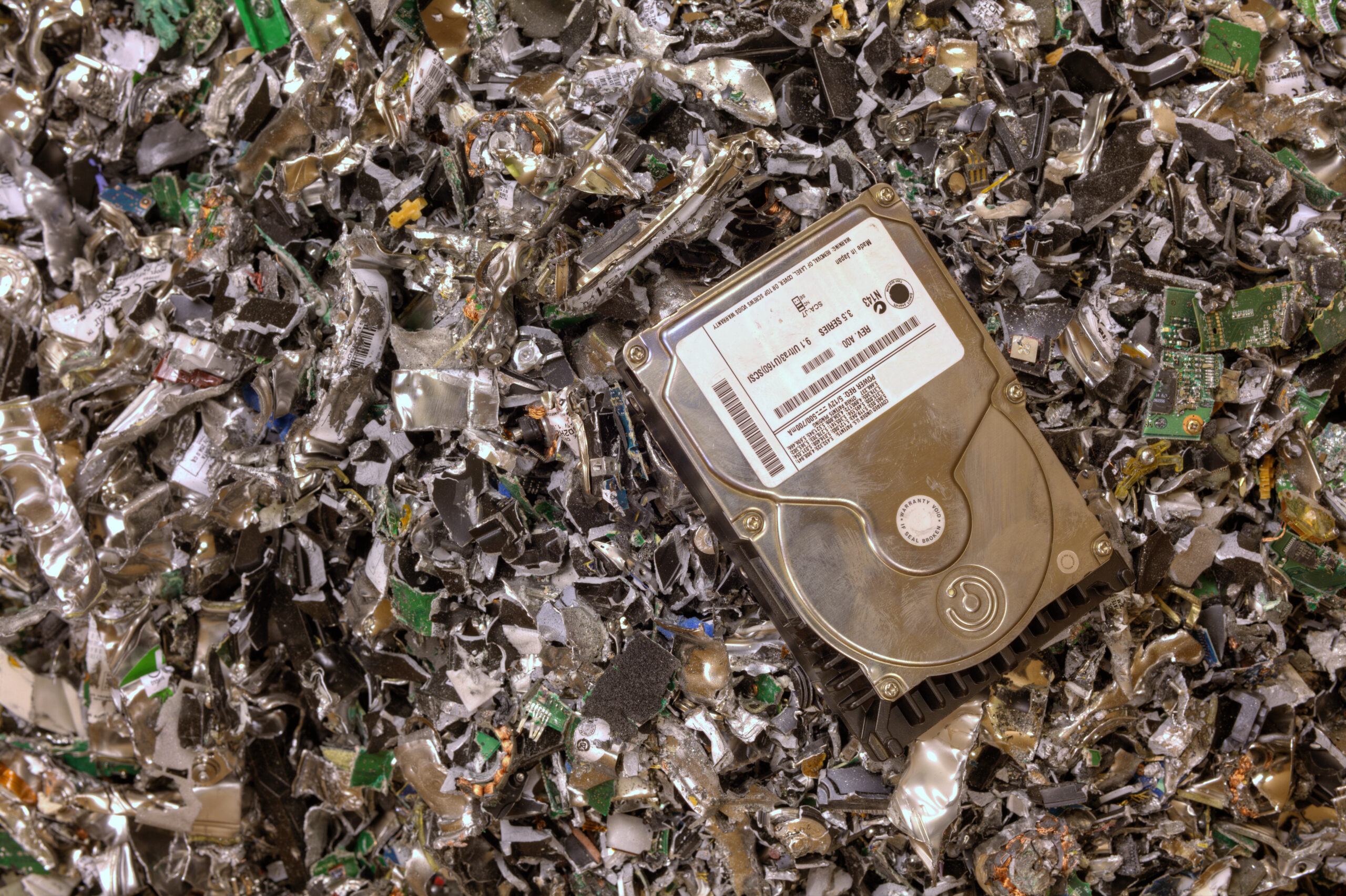The ever-growing reliance on technology means businesses accumulate vast amounts of sensitive data. Financial details, customer records, trade secrets, and strategic plans all reside on computers, servers, and mobile devices. This data is a prized target for cybercriminals – and ensuring it is completely destroyed, even after devices are no longer in use, is paramount. That’s where secure data destruction services enter the picture.
What Is Secure Data Destruction?
Secure data destruction surpasses simple file deletion or standard hard drive formatting. These basic methods leave traces of data that sophisticated recovery software might access. True secure data destruction uses specialized techniques to render data permanently inaccessible, protecting your business even when outdated devices are discarded, sold, or donated.
The Critical Importance of Secure Data Destruction
Industries like healthcare (HIPAA), finance (PCI DSS), and government (GLBA) have stringent data protection laws, and secure data destruction is a key component of meeting those obligations. Failure to comply can lead to legal trouble and damaging fines.
Likewise, a data breach can be catastrophic. Sensitive information in the wrong hands can result in identity theft, financial fraud, and severe reputational harm. Secure data destruction closes off a potential avenue for cybercriminals to exploit.
Demonstrating a commitment to data security through secure data destruction builds trust with your customers and clients. In an age marked by privacy concerns, this trust is an invaluable asset for any business.
Methods of Secure Data Destruction
Choosing the right destruction method depends on the sensitivity of your data, regulatory obligations, and whether devices will be recycled or destroyed entirely. Here’s a closer look at the most common techniques.
In software-based wiping, specialized data wiping tools go beyond basic deletion by repeatedly overwriting the storage space with specific patterns of data, often random ones and zeros. While this makes recovery complex, traces of the original data can sometimes persist. Skilled technicians with advanced tools might be able to recover fragments. This method is suitable for less sensitive data or as a first step before physical destruction.
Ideal for magnetic storage devices like traditional hard disk drives (HDDs), degaussing uses a powerful machine called a degausser to generate an intense magnetic field that disrupts the magnetic alignment of the hard drive’s platters, effectively wiping the stored data. Degaussing is fast — but ineffective with newer solid-state drives (SSDs) that don’t rely on magnetic storage.
Physical shredding is the most secure destruction method. Industrial shredders reduce hard drives, solid-state drives, and other storage media into minuscule pieces. Retrieval of data after shredding is virtually impossible, offering maximum peace of mind for highly confidential information.
Cryptographic erasure is a software-based method that destroys the encryption keys used to access data, making the data itself useless. This is a good option when devices will be reused or resold since the device itself remains functional. However, if the encryption keys were ever compromised at an earlier point, the data may still be potentially vulnerable.
Important Note: Even the most sophisticated software-based wiping methods may not fully guarantee the complete elimination of data from modern solid-state drives (SSDs), due to their internal wear-leveling and storage management features. For the highest levels of security, combining software wiping with physical destruction is often the recommended approach.
Choosing a Data Destruction Partner
Selecting the right data destruction company is a vital decision. Here’s what to consider:
- Certifications: Companies with certifications like NAID AAA demonstrate their adherence to the highest industry standards and secure practices.
- Tailored Methods: The right company will discuss your specific data and regulatory needs, advising on the most appropriate destruction methods.
- Chain of Custody: Detailed documentation should accompany every step of the process, from device pickup to final destruction, ensuring accountability.
- Reputation and Experience: Research the company, looking for a track record of satisfied clients and a clear understanding of data security best practices.
RetirePC Knows Secure Data Destruction Is a Business Imperative
In the digital age, businesses can’t afford to overlook secure data destruction. It’s a critical component of protecting your sensitive information, complying with regulations, and maintaining your hard-earned reputation. Companies like RetirePC in the Dallas, TX region specialize in data destruction, offering peace of mind and helping you responsibly dispose of end-of-life technology.


